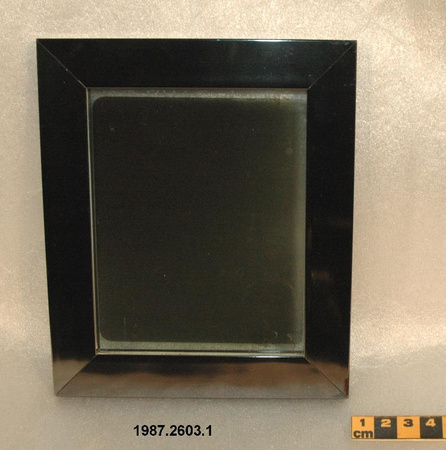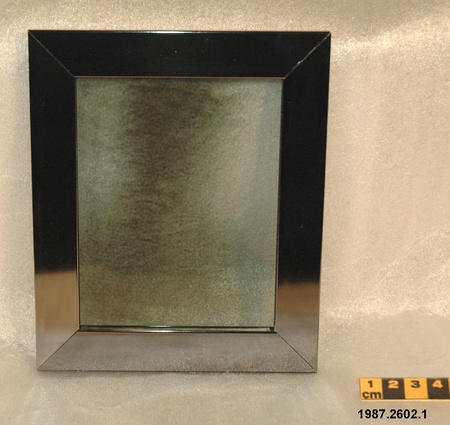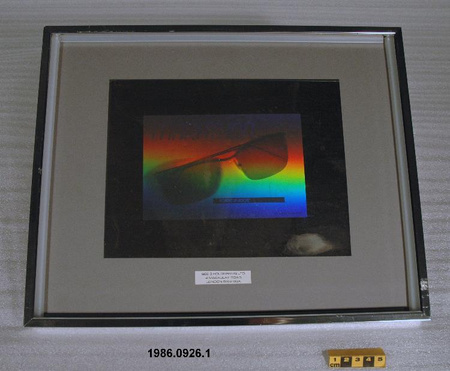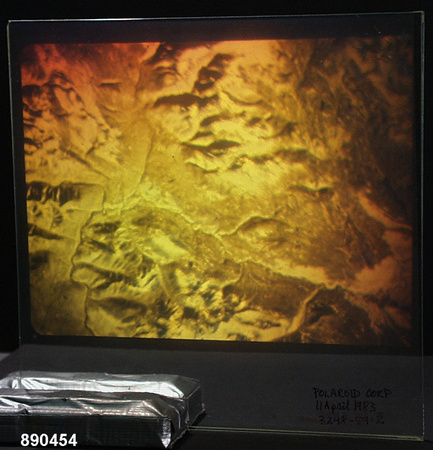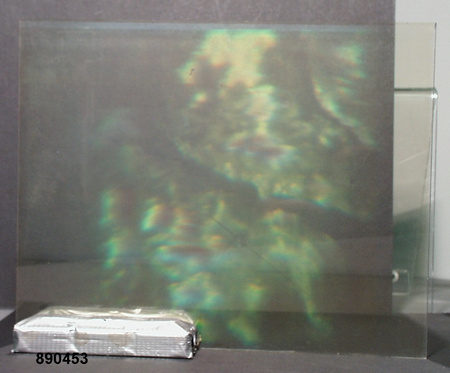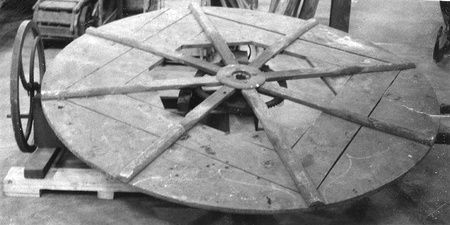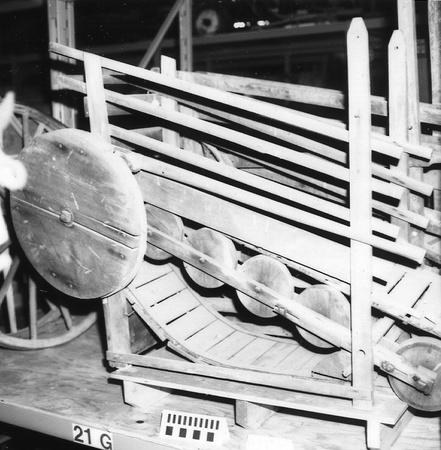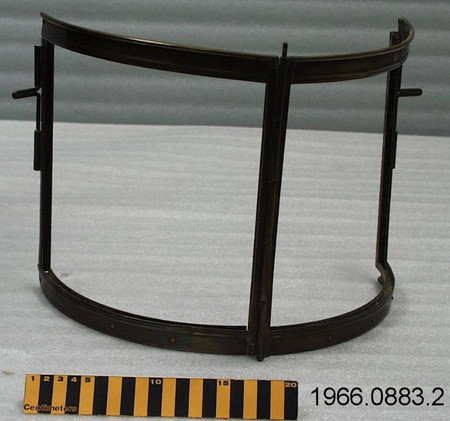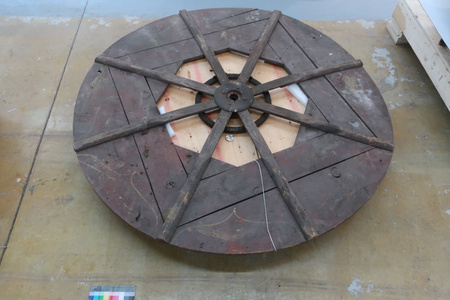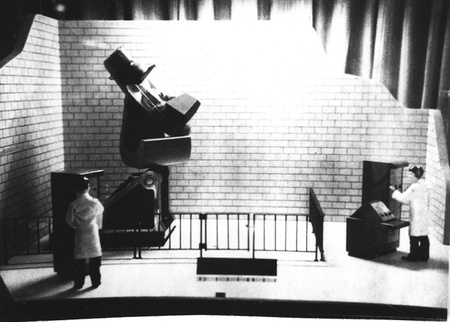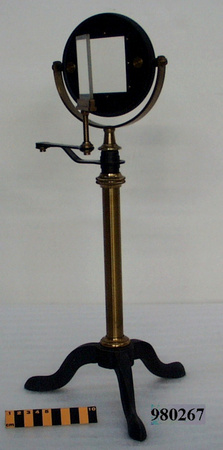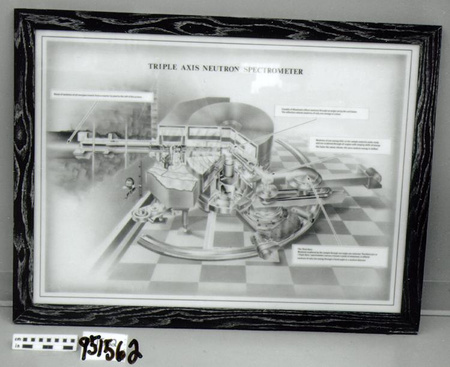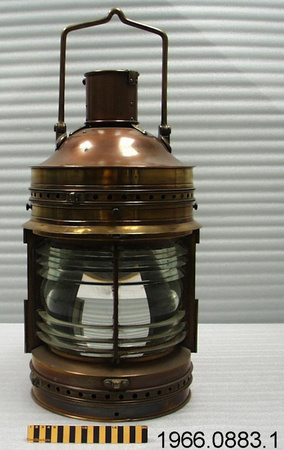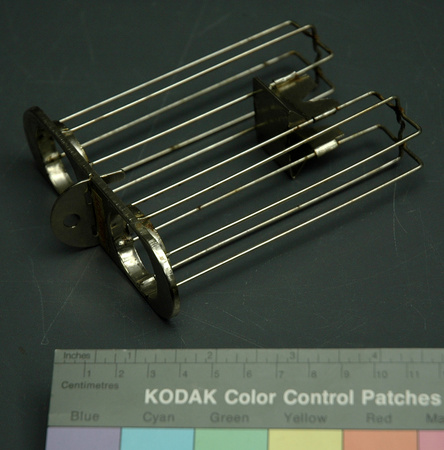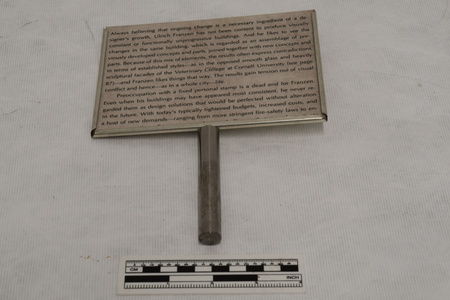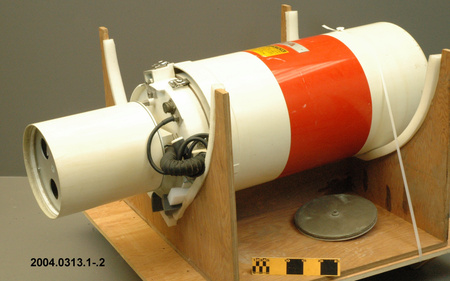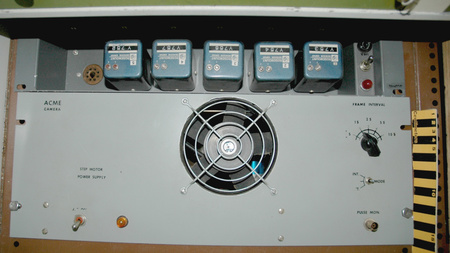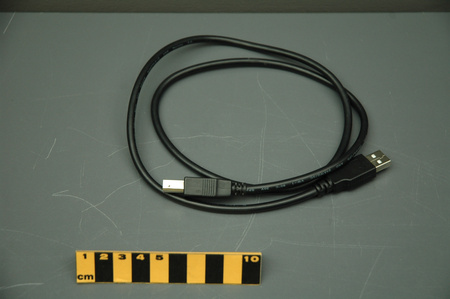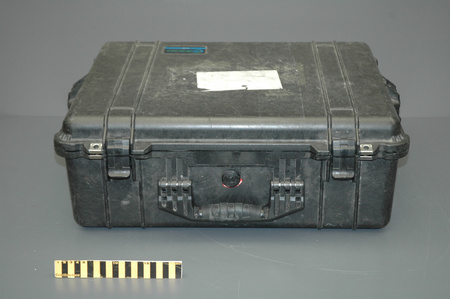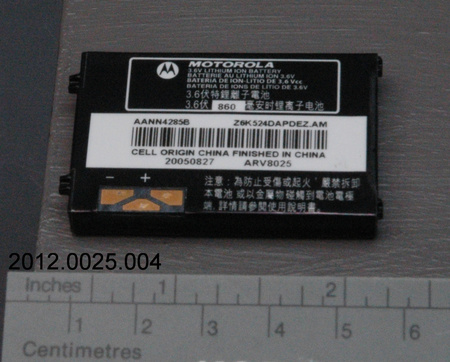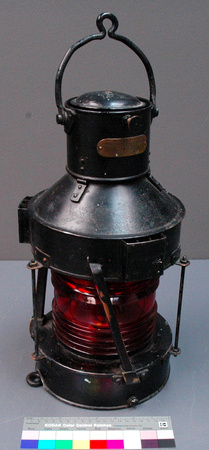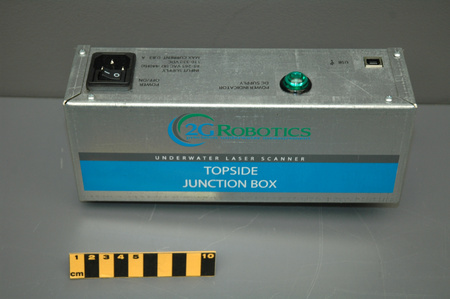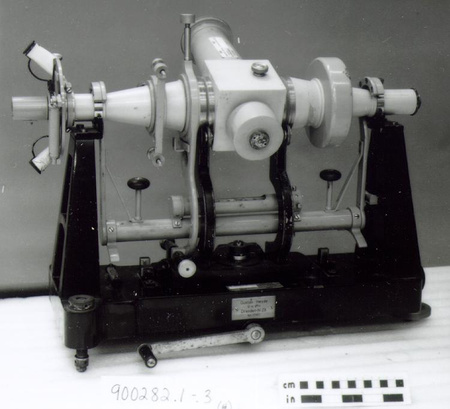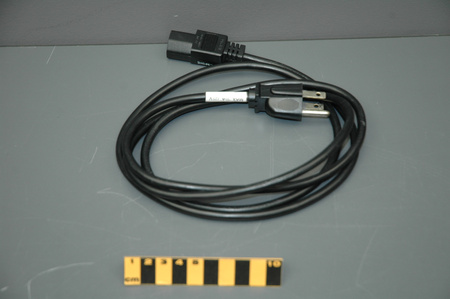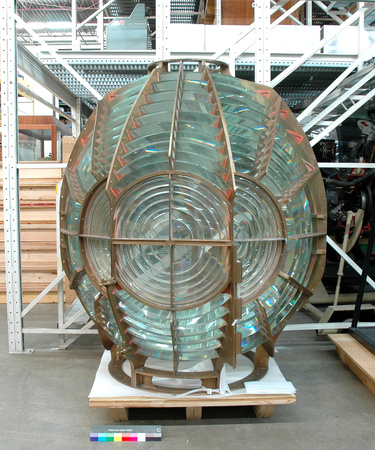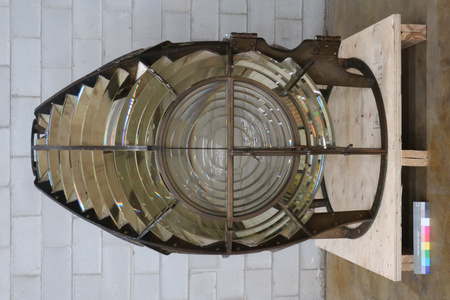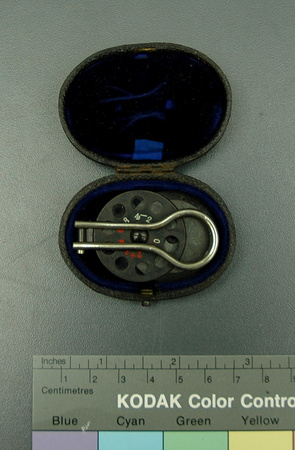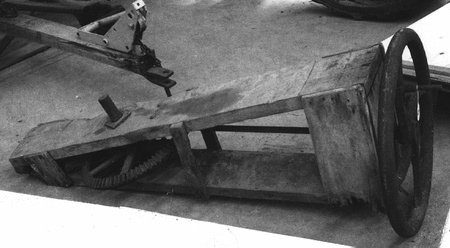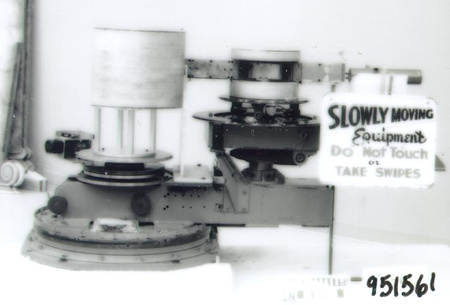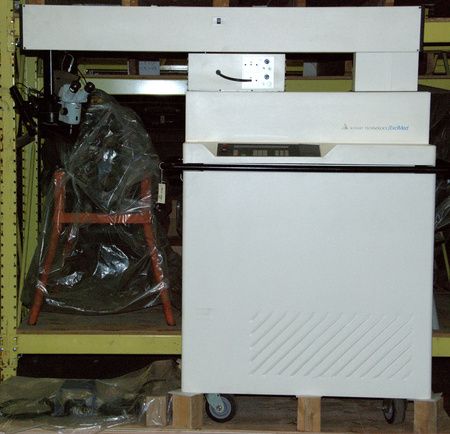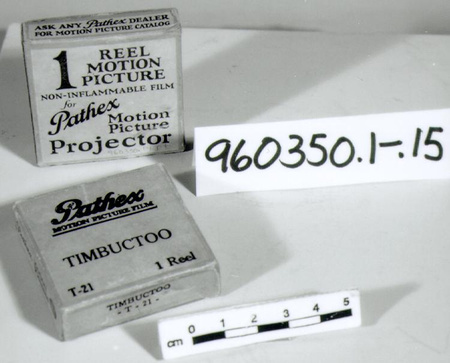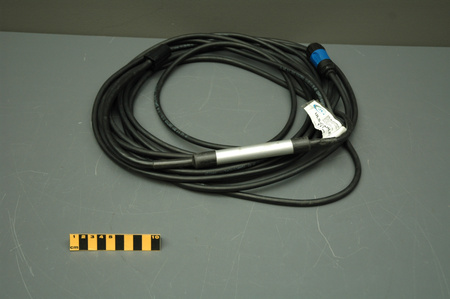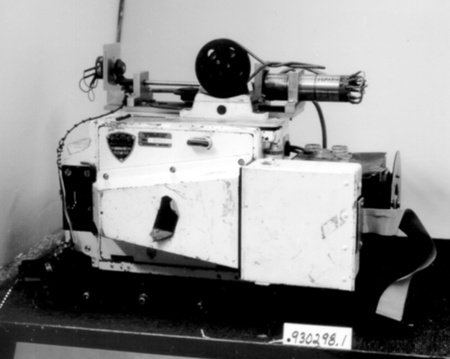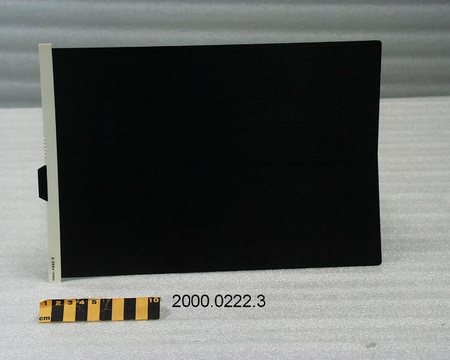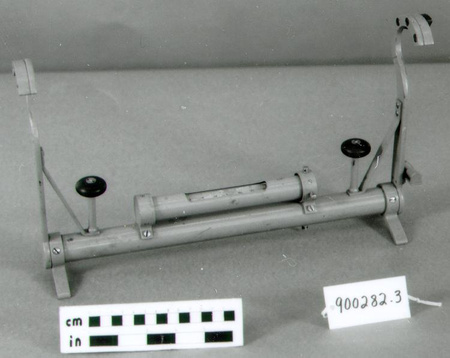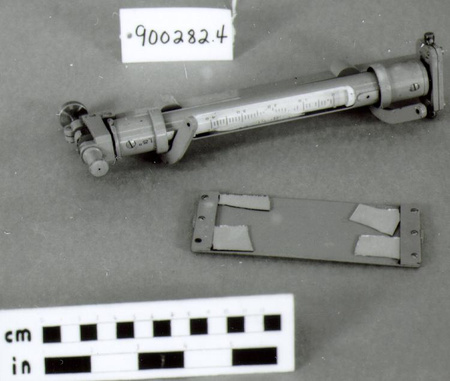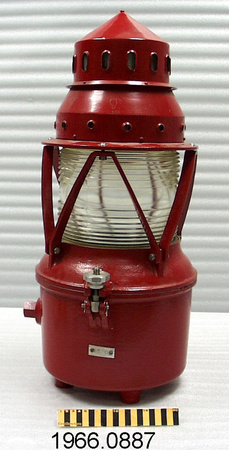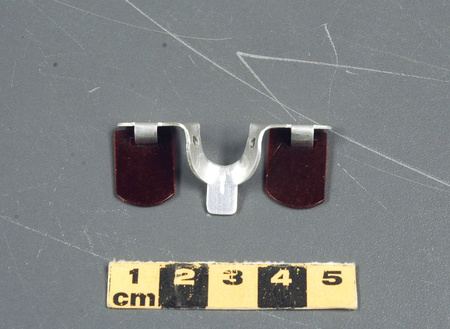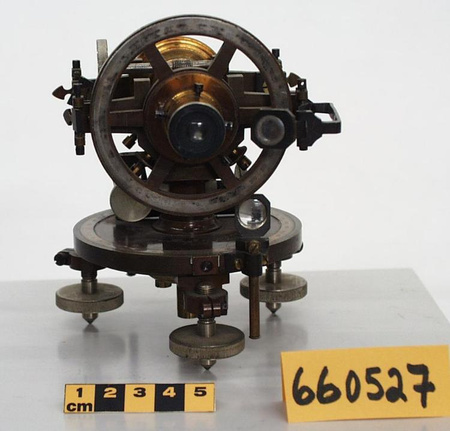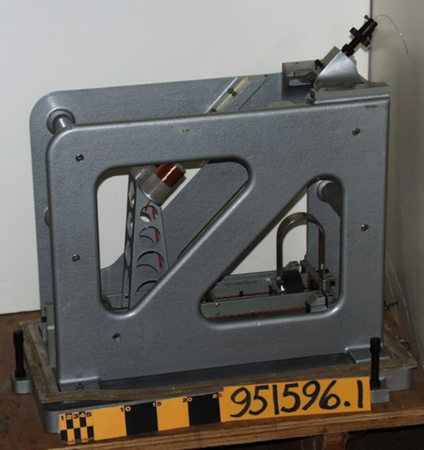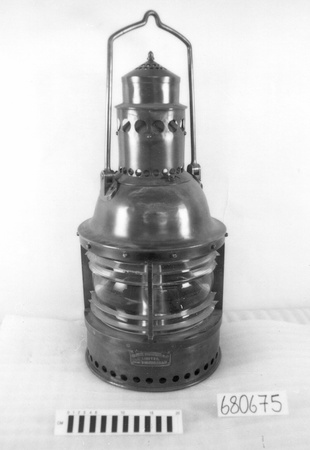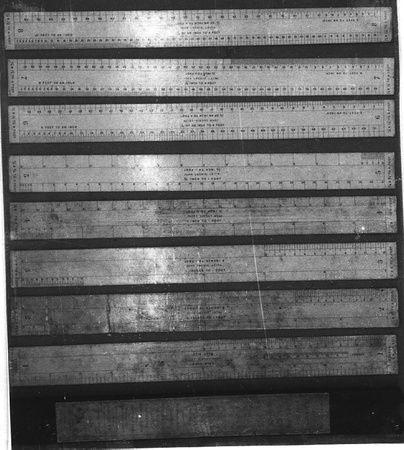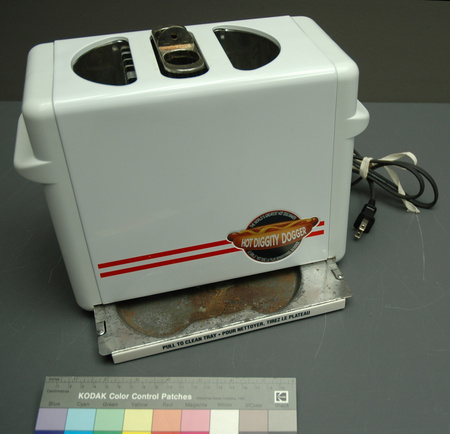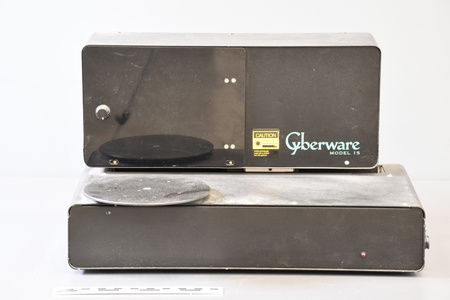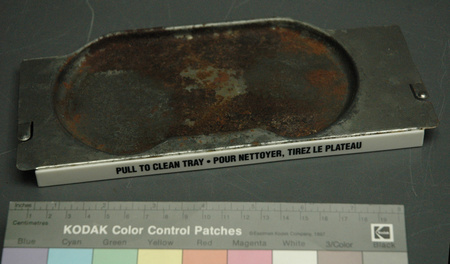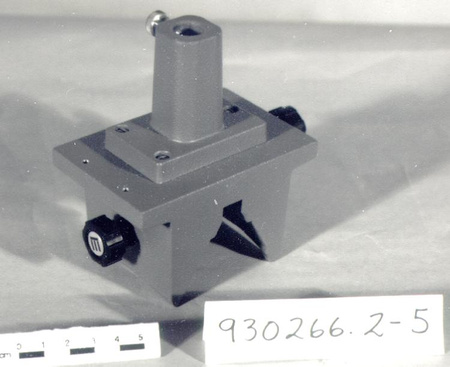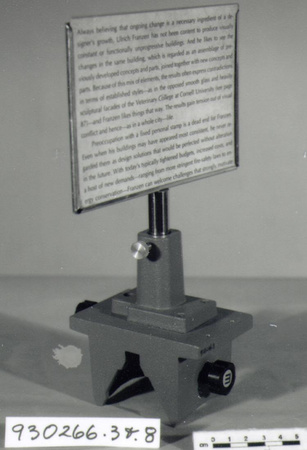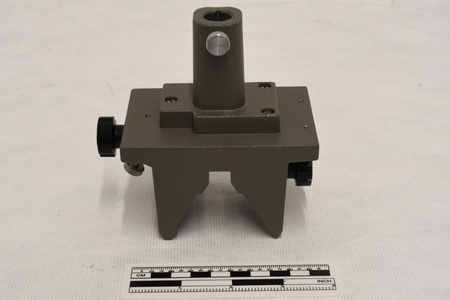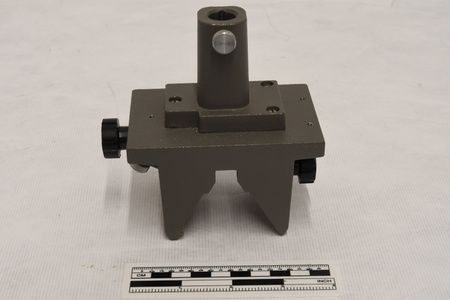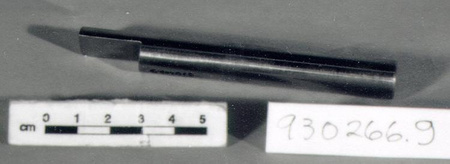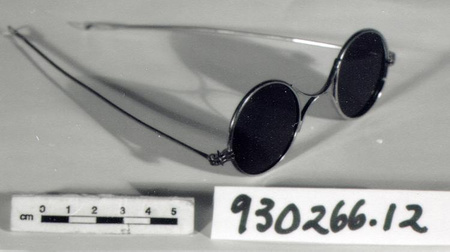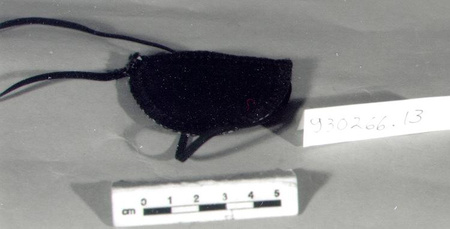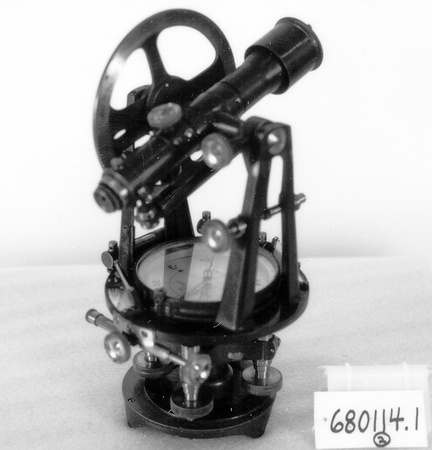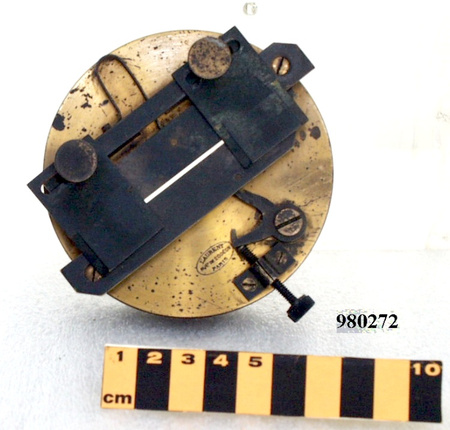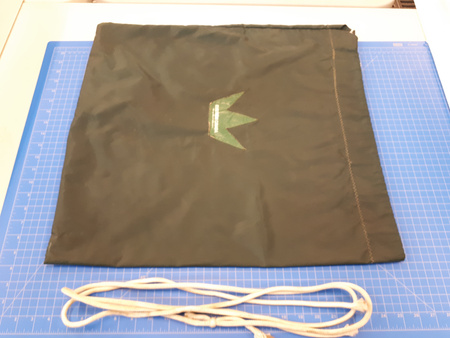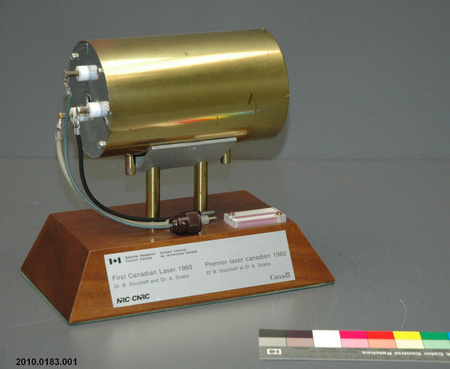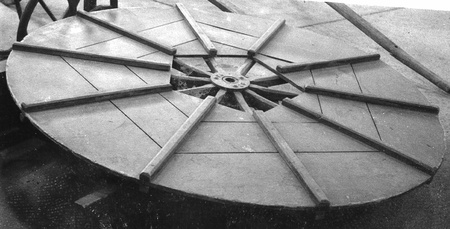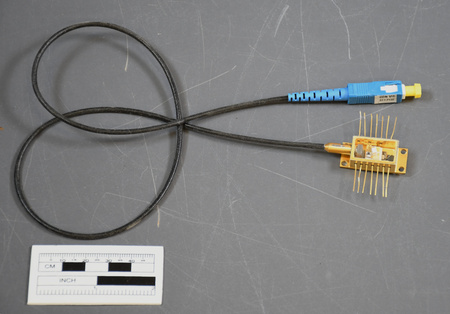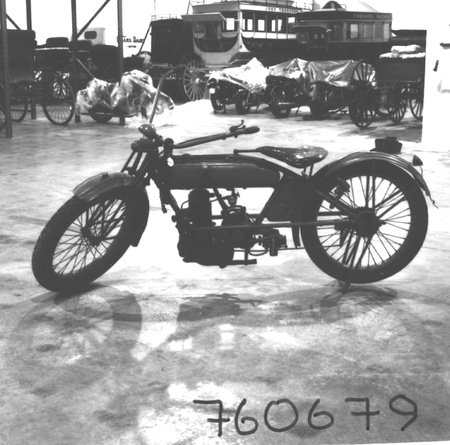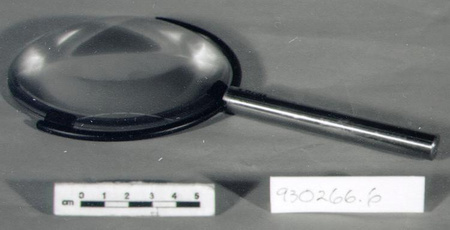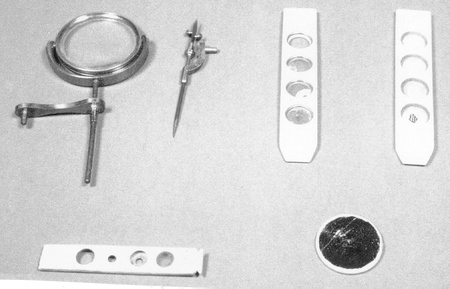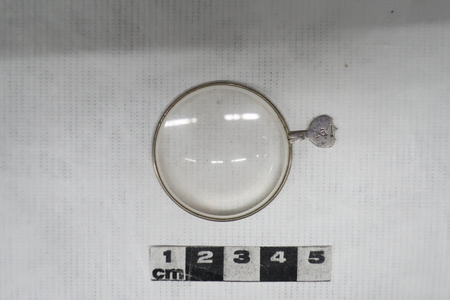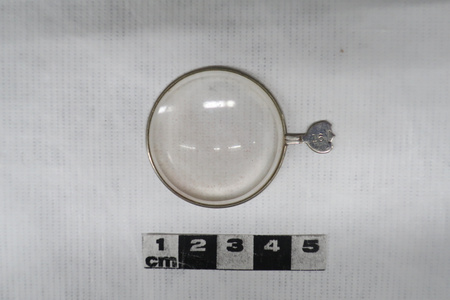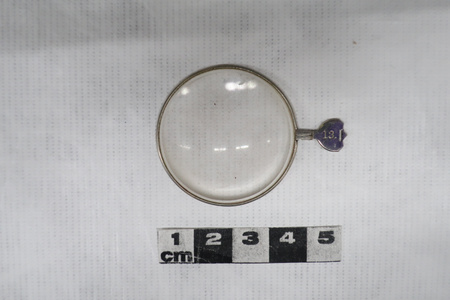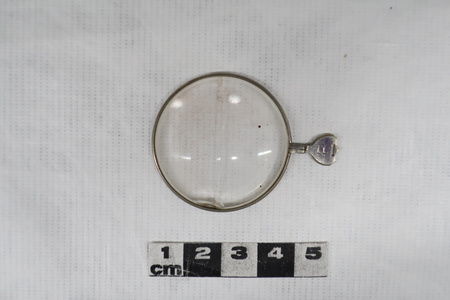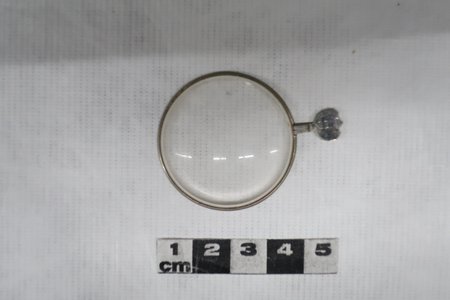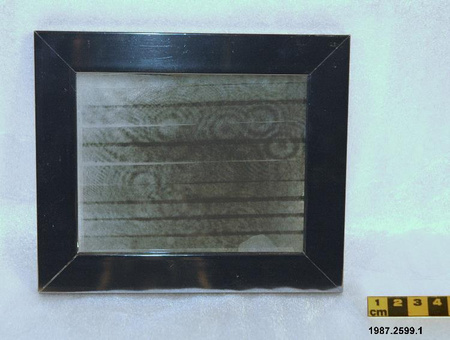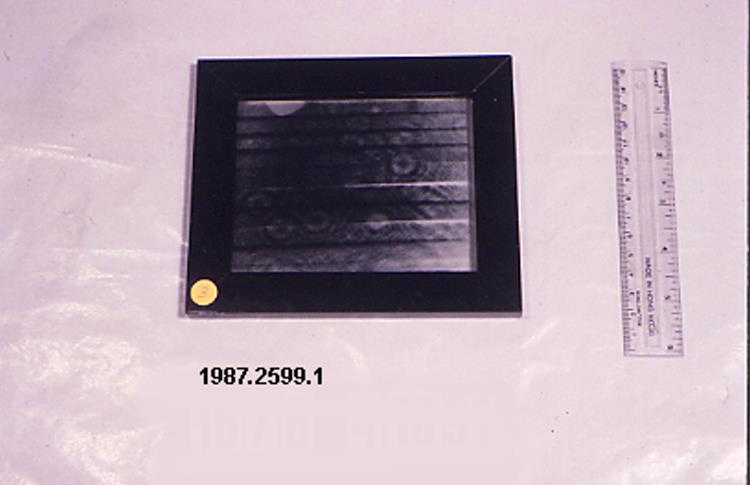Hologramme
Utiliser cette image
Puis-je réutiliser cette image sans autorisation? Oui
Les images sur le portail de la collection d’Ingenium ont la licence Creative Commons suivante :
Copyright Ingenium / CC BY-NC-ND (Attribution-NonCommercial 4.0 International (CC BY-NC 4.0)
ATTRIBUER CETTE IMAGE
Ingenium,
1987.2599.001
Permalien:
Ingenium diffuse cette image sous le cadre de licence Creative Commons et encourage son téléchargement et sa réutilisation à des fins non commerciales. Veuillez mentionner Ingenium et citer le numéro de l’artefact.
TÉLÉCHARGER L’IMAGEACHETER CETTE IMAGE
Cette image peut être utilisée gratuitement pour des fins non commerciales.
Pour un usage commercial, veuillez consulter nos frais de reproduction et communiquer avec nous pour acheter l’image.
- TYPE D’OBJET
- transmission/laser/Fresnel/animation stereogram/acetate/framed
- DATE
- 1979
- NUMÉRO DE L’ARTEFACT
- 1987.2599.001
- FABRICANT
- Inconnu
- MODÈLE
- Animated Hologram of China Dog
- EMPLACEMENT
- Beauport, Québec, Canada
Plus d’information
Renseignements généraux
- Nº de série
- S/O
- Nº de partie
- 1
- Nombre total de parties
- 1
- Ou
- S/O
- Brevets
- S/O
- Description générale
- glass hologram & cover plate/ aluminum frame/ metal hardware
Dimensions
Remarque : Cette information reflète la taille générale pour l’entreposage et ne représente pas nécessairement les véritables dimensions de l’objet.
- Longueur
- 16,4 cm
- Largeur
- 13,8 cm
- Hauteur
- S/O
- Épaisseur
- 1,0 cm
- Poids
- S/O
- Diamètre
- S/O
- Volume
- S/O
Lexique
- Groupe
- Physique
- Catégorie
- Lumière et radiation électromagnétique
- Sous-catégorie
- S/O
Fabricant
- Ou
- Johnston
- Pays
- Canada
- État/province
- Québec
- Ville
- Beauport
Contexte
- Pays
- Canada
- État/province
- Ontario
- Période
- late 1980s
- Canada
-
A Canadian made hologram, collected for the exhibit "Images in Time & Space" mounted by the Associates of Science & Technology (AST) & NMST circa 1988-1989. - Fonction
-
A medium which presents a three dimensional image, in this case of a china dog. - Technique
-
An example of an animated hologram, a strip hologram made by using the geometry of regular Fresnel or Fourier transform holography. Moving the object slightly between exposures permits motion to be simulated, as in an animated motion picture. The method uses a 0.5-m W HeNe laser to produce a hologram with a number of slit-shaped exposures displaced along the vertical direction. The reconstructed virtual image is viewed by moving the eyes vertically with respect to the film, thereby looking through different "windows". The hologram retains full horizontal parallax, but the slit aperture reduces the vertical viewing angle of the animated object (Ref. 1). A Fresnel hologram is produced when the object being holographed is near the plate, so that the object beam wavefronts are spherical (Ref. 3). The theory of holography was developed in 1947 by British/Hungarian scientist Dr. Dennis Gabor while working to improve the resolution of electron microscopes. In 1960 the laser was invented and its pure white light was ideal for holography. In 1962 Emmett Leith and Juris Upatnieks of the University of Michigan, combined Gabor's theory with their own work in side-reading radar and applied it to holography, resulting in the off-axis technique of hologram production still in use & the first laser transmission hologram. Also in 1962 Dr. Yuri N. Denisyuk of the U.S.S.R combined holography with Gabriel Lippmann's work in natural colour photography to produce a white-light reflection hologram which, for the first time, could be viewed in light from an ordinary incandescent light bulb. By 1965 Leith, Upatnieks & other U.S. researchers had developed off-axis reflection holograms (Ref. 2). - Notes sur la région
-
Inconnu
Détails
- Marques
- black handwritten lettering on back of frame appears to read "NO. 1CNROS"
- Manque
- appears complete
- Fini
- colourless transparent glass
- Décoration
- S/O
FAIRE RÉFÉRENCE À CET OBJET
Si vous souhaitez publier de l’information sur cet objet de collection, veuillez indiquer ce qui suit :
Fabricant inconnu, Hologramme, 1979, Numéro de l'artefact 1987.2599, Ingenium - Musées des sciences et de l'innovation du Canada, http://collection.ingenium.ca/fr/id/1987.2599.001/
RÉTROACTION
Envoyer une question ou un commentaire sur cet artefact.
Plus comme ceci


